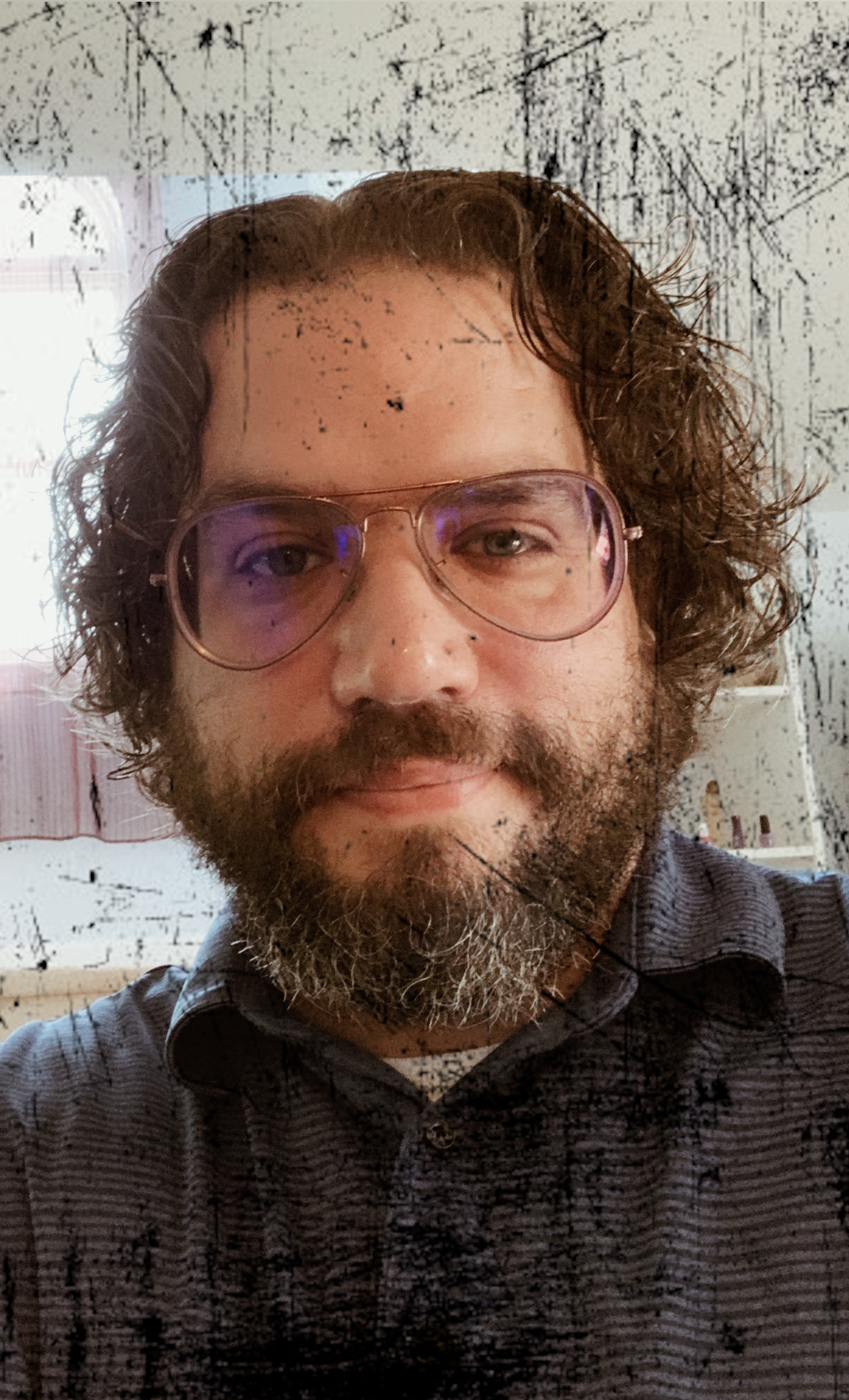
DMYTRO SYLYVONCHYK – Test Automation Architect, Eversource
AGILE AUTOMATED TESTING OF INTERACTIVE VOICE RESPONSE SYSTEMS
Voice recognition and phone call simulation is one of the topics many deem impossible to automate, but with modern technologies tasks like this are now easy to automate.

JAMES GIFFORD – Senior Manager Agile Practice, Vanguard
TOTAL QUALITY MANAGEMENT FOR ORGANIZATIONAL SUCCESS
In the ever-evolving landscape of software development, test automation has emerged as a pivotal element in driving quality and efficiency. This presentation, titled “Total Quality Management for Organizational Success” aims to bridge the gap between technical execution and strategic vision by illustrating the critical role of test automation in achieving Total Quality Management (TQM), enhancing customer-centric products, and accelerating the flow of value to customers.
The talk will leverage the Lean Canvas model, a strategic tool for developing and presenting business ideas, to facilitate an interactive and comprehensive exploration of test automation’s multifaceted impact. The discussion will commence with an overview of TQM principles and their seamless integration into the product management lifecycle, emphasizing the importance of quality at every stage, from conception to delivery.
A significant focus will be on the cost impacts of neglecting test automation. We’ll delve into how manual testing processes, while traditional, are increasingly inadequate in today’s fast-paced development environments, leading to inefficiencies, increased costs, and delayed time-to-market.
The conversation will then pivot to demonstrating how test automation enables a customer-centric approach to product development. By ensuring consistent and thorough testing, businesses can significantly enhance product quality and reliability, directly contributing to heightened customer satisfaction and loyalty.
Finally, the talk will highlight the profound impact of test automation on the flow of value to customers. We’ll explore how embedding automated testing practices within the software development lifecycle, especially when aligned with Behavior-Driven Development (BDD) and integrated into Continuous Integration/Continuous Deployment (CI/CD) pipelines, leads to faster, more reliable software delivery, and a stronger competitive edge in the market.
Throughout the session, the Lean Canvas model, hosted interactively on Mural, will be employed to facilitate audience engagement and provide a visual framework for understanding the strategic importance of test automation. This innovative approach not only aids in conceptualizing the benefits but also enables real-time audience interaction, fostering a dynamic and collaborative learning environment.

MARTIJN GOOSSENS – Agile Quality Consultant, Xebia
BECOME A PERFORMANCE TEST MASTER – THE NON-TECHNICAL SIDE OF THINGS
Stress tests, load tests, spike tests, soak tests. He has done them all, from setting up the test scripts to reporting the results and findings. While there is plenty of documentation around the technical side, He wants to share with you his takeaways on running a successful test and analyzing the results. There wouldn’t be good results without a good test plan, so in this talk, we will start and look at how to set up a proper performance test for a web application. A recipe that, when followed, will give you pretty results to dive into. As somewhat of a performance test expert, he finds that there are a few recurring signals he looks out for in performance test results. He will share these key indicators and give you the tools to spot a server in trouble and when it might be OK to end a test prematurely. After we’ve discussed the indicators, we will look at three real-life scenarios and check if you can spot the details when we analyze them together.

SAI SUBRAMANIAN SIVASAILEM – Test Architect, LTIMindtree
HOW OBSERVABILITY EMPOWERS QUALITY ENGINEERS TO BUILD RELIABLE SYSTEMS
Enterprises are increasingly adopting cloud-native architecture for accelerating release velocity, application resiliency and hyper scalability. With distributed microservices deployed on containerized and multi-cloud workloads, these new-age architectures poses significant QA challenges to isolate application faults, debug issues quickly and optimize application performance to achieve production excellence. Observability tools transcends beyond traditional monitoring by delving deeper and providing real time visibility into systems behavior. The question is, can quality engineering teams leverage these rich observability data to identify testing gaps, remediate performance issues and enable faster feedback loops to build reliable systems?

PHANIKANTH RANGA – Senior QA Automation Engineer, Capco
API TEST AUTOMATION USING KARATE FRAMEWORK
Karate framework utilizes its own domain-specific language that is similar to Gherkin format. This framework enables you to write your API tests in easy-to-understand English language feature files.

ARTEM GOLUBEV – CEO & Co-Founder, testRigor
REVOLUTIONIZING TEST AUTOMATION: HARNESSING GENERATIVE AI TO EMPOWER PRODUCT MANAGEMENT AND ACCELERATE SDLC
In this session, you’ll learn how to save 95% of your time on test automation by leveraging Generative AI breakthroughs and moving 90%-100% of the work to the product management organization. We’ll cover how to improve SDLC to allow you to move up to 30% faster with up to 90% fewer bugs in production, and how Generative AI can be helpful to eliminate 98% of the effort on maintaining end-to-end tests.

MICHAEL GIACOMETTI – Strategic Solutions Consultant, Applause
DEVCROWDOPS AND HOW IT CAN AUGMENT AUTOMATED TESTING
Engineering organizations are constantly trying to find the right balance between optimal engineering velocity and achieving business outcomes. Automation, even if augmented by AI, provides some benefits, but that may not be enough. There still needs to be a human component. This is where DevCrowdOps comes in. DevCrowdOps leverages crowd testing in a way that can act as an insurance policy against bad code being deployed and augment application monitoring/observability to provide a low-cost way to ensure high engineering velocity to produce apps that meet revenue expectations and stay within budget.